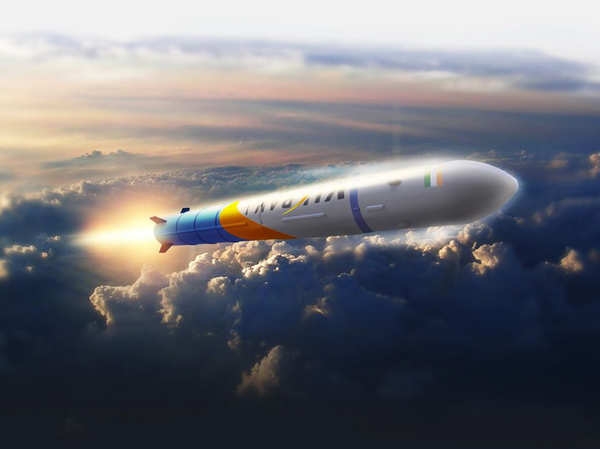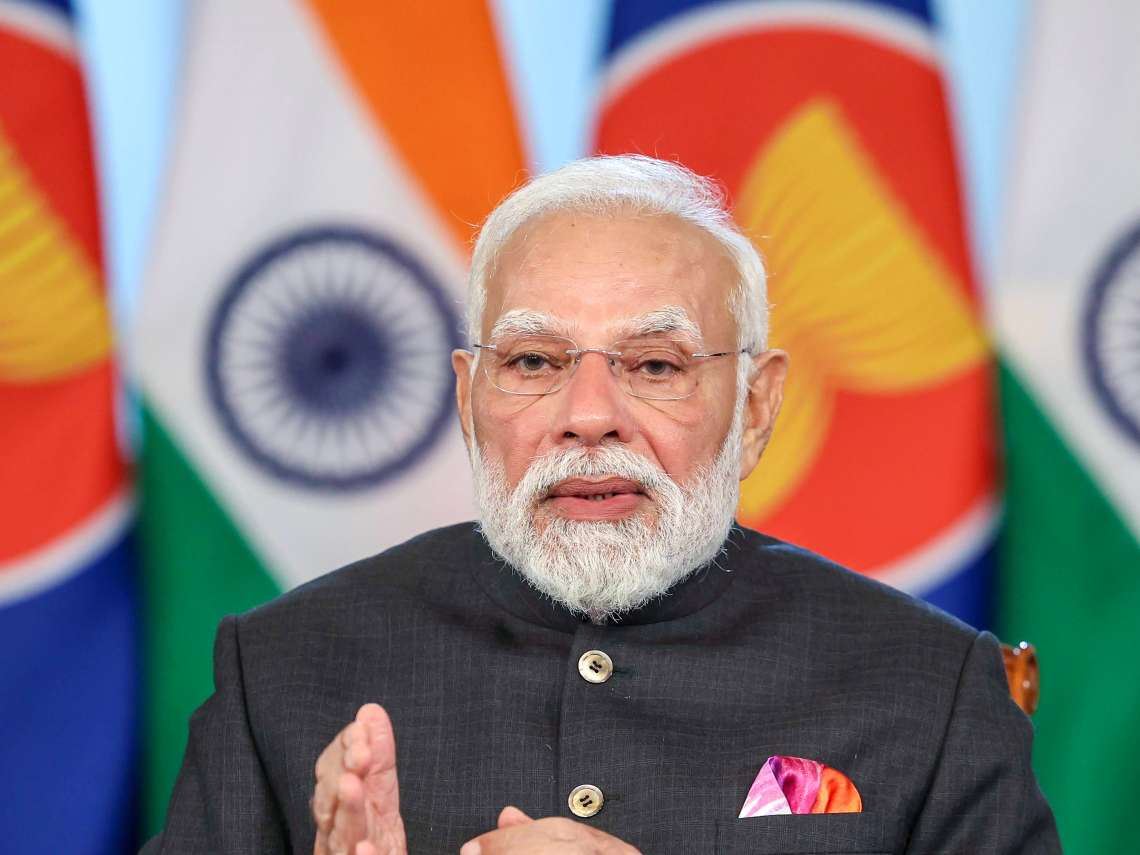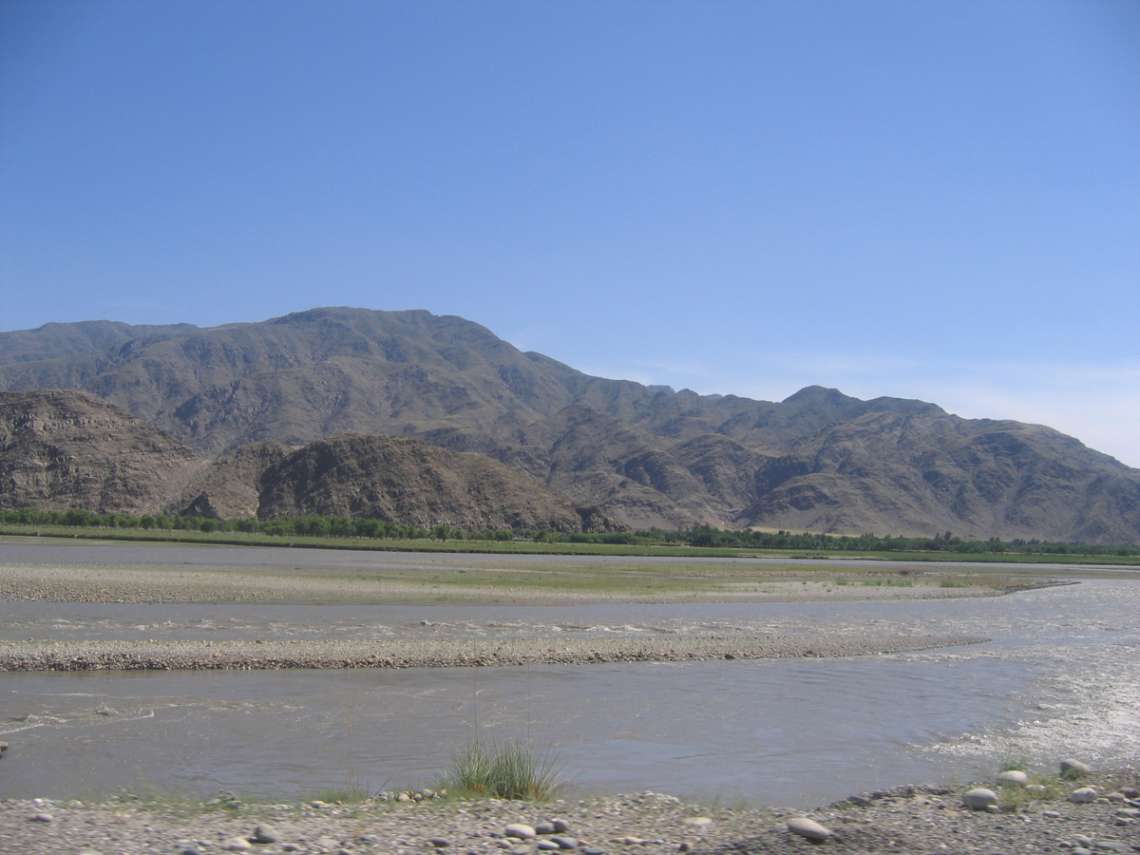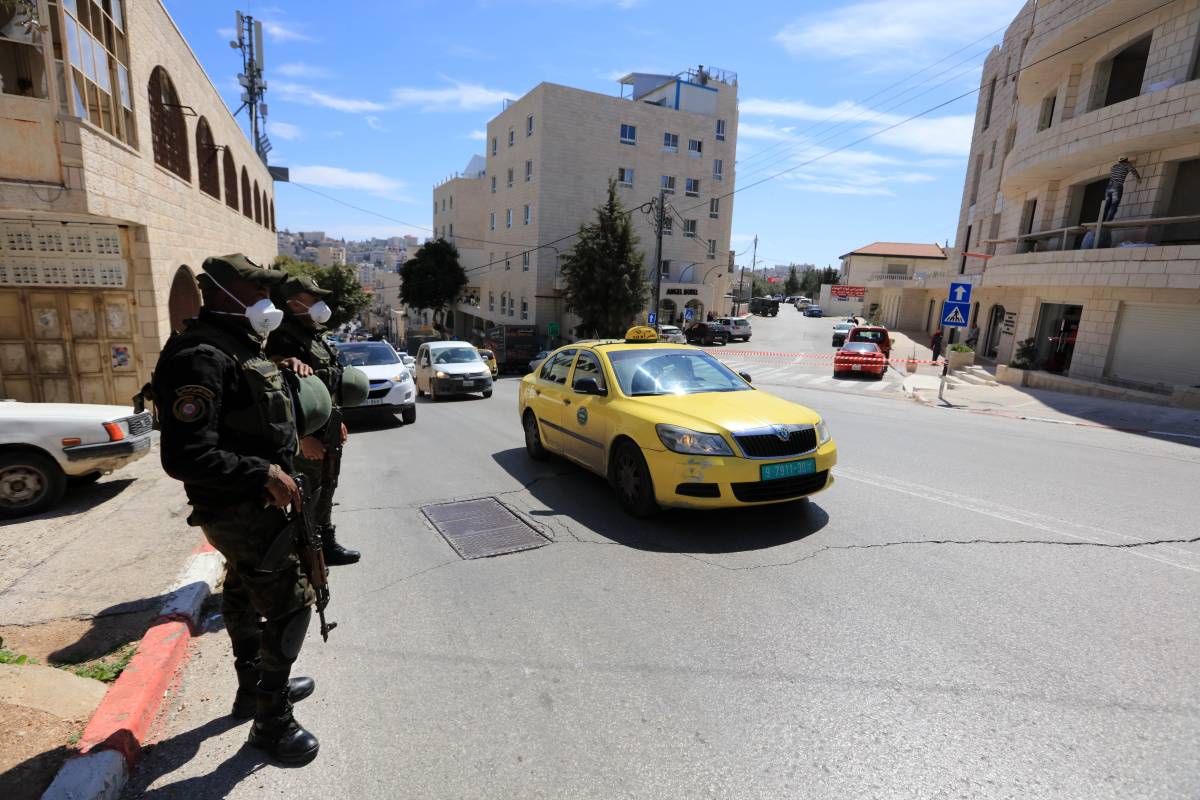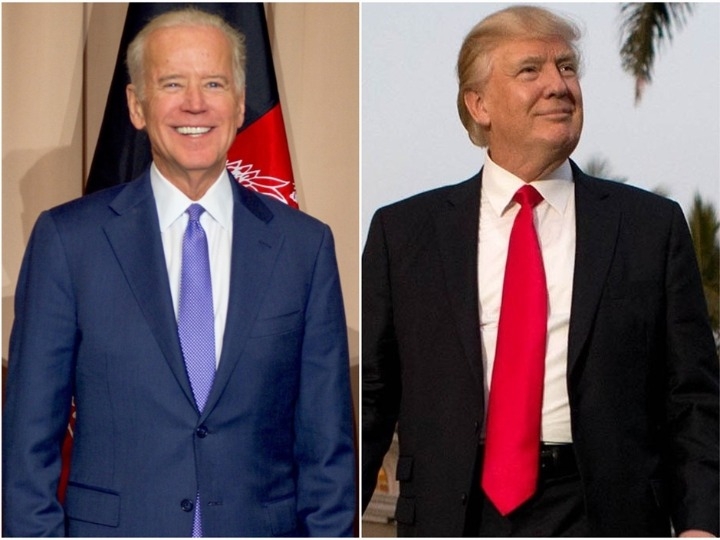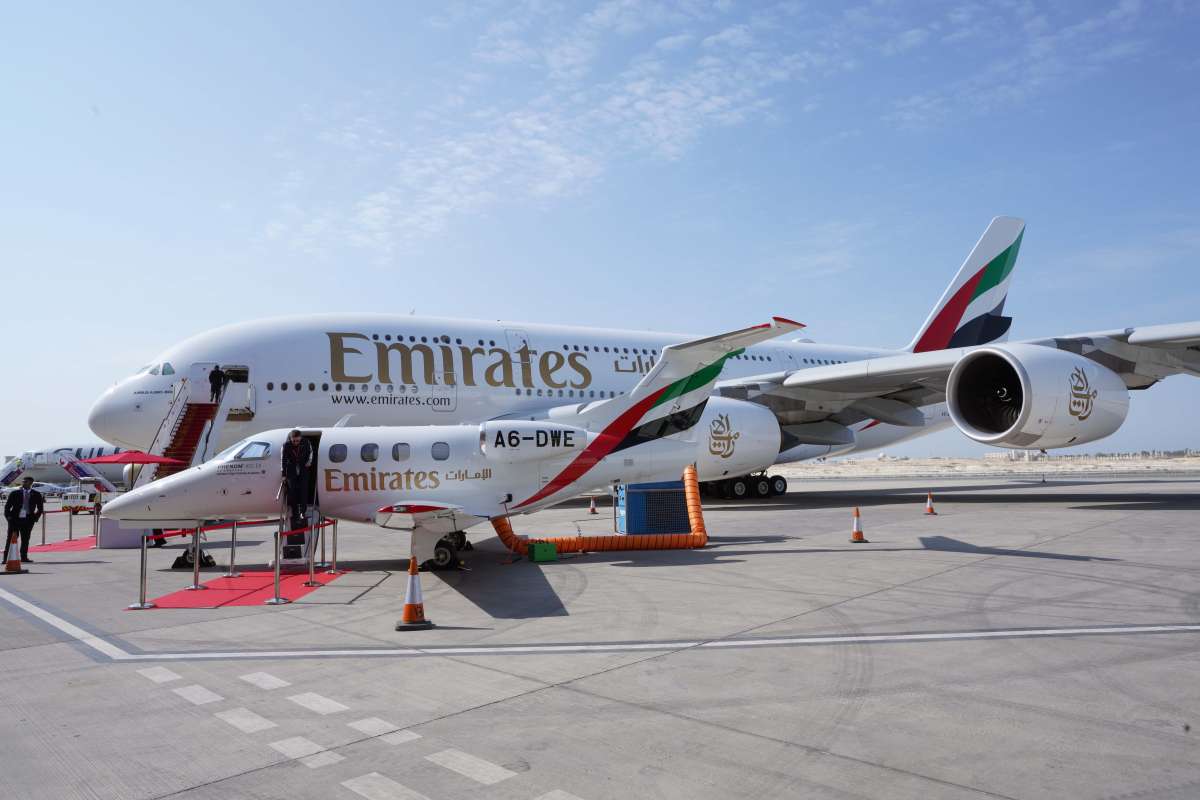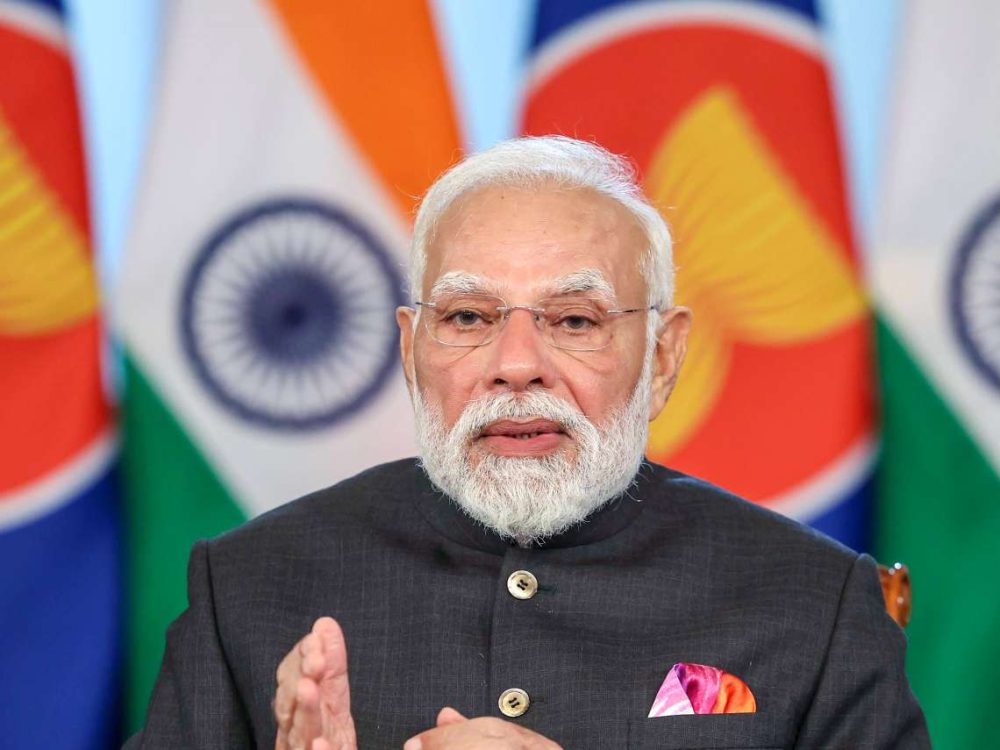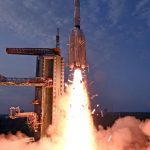In India the rocket race is between three players – the national space agency Indian Space Research Organisation (ISRO) and two startups, Skyroot Aerospace and Agnikul Cosmos…reports VENKATACHARI JAGANNATHAN
The Indian space sector is seeing a race amongst small rocket makers and the winner will be known soon if not by the end of 2022.
The global space sector is moving away from geo-satellites and towards the constellation of small satellites in low earth orbit. And rocket companies are gearing up to have a share in that pie.
In India the rocket race is between three players – the national space agency Indian Space Research Organisation (ISRO) and two startups, Skyroot Aerospace and Agnikul Cosmos.
The Hyderabad based Skyroot Aerospace has announced that it will fly its rocket Vikram-S in November with three customer payloads.
The company has named the mission as ‘Prarambh’ meaning “the beginning”. The rocket will fly from ISRO’s rocket port in Sriharikota.
Skyroot Aerospace will be the first private company in India to fly a rocket but on a sub-orbital mission.
The rocket will be powered by a single stage to help test and validate the majority of the technologies in the Vikram series of rockets.
The company plans to have three rocket variants: Vikram I – payload or carrying capacity 480 kg to 500 km low inclination orbit (LIO); 290 kg to 500 km sun synchronous and polar orbit (SSPO); Vikram II – 595 kg to 500 km LIO, 400 kg to 500 km SSPO and Vikram III – 815 kg to 500 km LIO, 560 kg to 500 km SSPO.
Skyroot Aerospace’s rockets are named ‘Vikram’ as a tribute to the founder of the Indian Space programme and renowned scientist Dr Vikram Sarabhai.
Be that as it may, the second private company, the Chennai-based Agnikul Cosmos is also planning to test fly its rocket before the end of 2022.
The company’s co-founder and CEO, Srinath Ravichandran, earlier told IANS that they are pushing hard to have the first test launch of their rocket Agnibaan before the end of 2022.
Queried about the payload to be carried, Ravichandran had said it would be a dummy payload.
Agnibaan is a two stage rocket with 100 kg payload capacity to orbits around 700 km high (low Earth orbits) and enables plug-and-play configuration.
The company recently opened its first 3D printed rocket engine factory located at the IIT Madras Research Park.
Couple of days back Agnikul Cosmos successfully test fired a second stage semi-cryogenic engine. The single piece, fully 3D printed, second stage rocket engine powered by semi-cryogenic fuel Agnilet was test fired at the Vikram Sarabhai Space Centre (VSSC), part of ISRO.
On its part, ISRO too had said that it would launch its small rocket with 500 kg carrying capacity rocket small satellite launch vehicle (SSLV).
The maiden flight of the Rs 56 crore SSLV in August was a failure as the rocket was not able to place the two satellites in their intended orbit.
“All the stages performed normally. Both the satellites were injected. But the orbit achieved was less than expected, which makes it unstable,” ISRO said in a very brief statement about the mission.
“SSLV-D1 placed the satellites into 356 km x 76 km elliptical orbit instead of 356 km circular orbit – 76 km is the lowest point close to the surface of the earth,” ISRO Chairman S. Somanath said.
On its first developmental flight, the SSLV-D1 carried an earth observation satellite-02 (EOS-02), formerly known as microsatellite-2, weighing about 145 kg and the eight kg ‘AZAADISAT’, built by 750 students of government schools facilitated by SpaceKidz India.
The three-staged SSLV-D1 is primarily powered by solid fuel (total 99.2 ton) and also has a velocity trimming module (VTM) powered by 0.05 ton of liquid fuel for precise injection of satellites.
ISRO’s newest rocket was 34-metre tall and weighed 120 ton.


